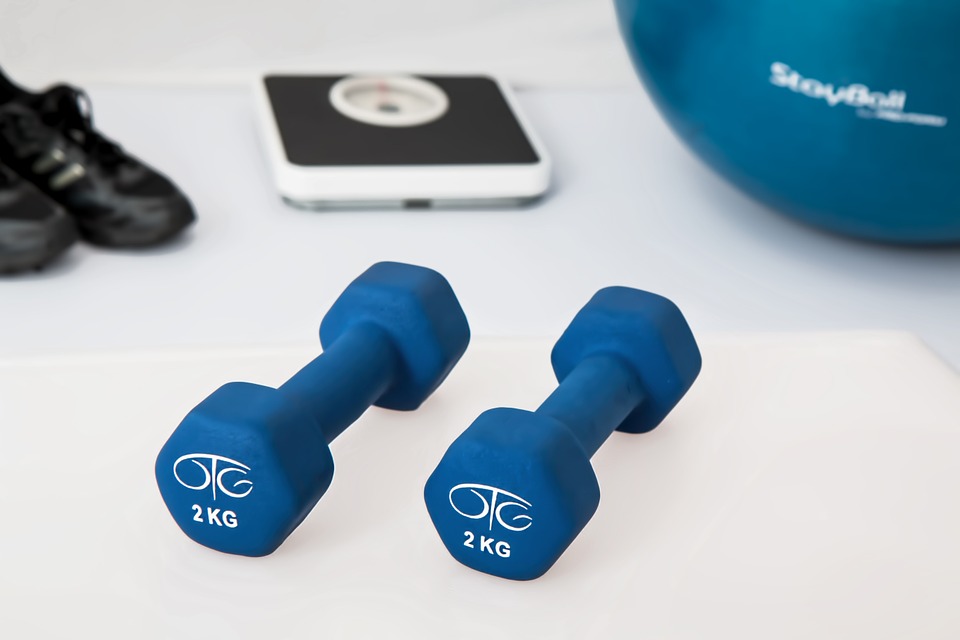When beginning your fitness journey it’s important to consider the best approach for what you and your body can realistically achieve. Setting appropriate goals, especially in the early stages of a new fitness routine, is an effective way to ensure you are making positive lifestyle changes while also accommodating your physical necessities.
Below are a few simple methods for setting the right goals to get your body moving in a way that is comfortable and effective for you.
Be SMART with Your Goals
Your fitness goals don’t have to be extensive, but they should be SMART—specific, measurable, attainable, realistic and time-oriented. It’s important that you know why you are working toward a specific goal and how it will fit into your everyday life. Rather than simply wanting to “feel better”, a SMART goal would be the ability to walk up and down the stairs without knee pain within two months. By being specific, knowing your time-frame and thinking realistically about what is actually possible you’ll be more likely to achieve your goal or make some great progress toward it.
It is also important that you focus less on outcome goals, like losing a certain amount of weight, and more on behaviour goals, like going out for three walks throughout the week. Rather than focusing on an outcome that you can’t always control, it is much more realistic and SMART to focus instead on what you can control—your habits. While aiming for a specific outcome is important, spending a bit of time on assessing your behaviour and changing your mentality is better for long-term success.
In terms of keeping your goals realistic and attainable, opting for a functional fitness routine will offer the benefits of working out without the pressure to become a gym rat. Find fun workouts that you actually enjoy and would want to continue doing. Furthermore, functional fitness goals, like the ability to walk up a flight of stairs without knee pain, provide an overall better quality of life and abilities that you can incorporate into your everyday activities.
Start Slow—It’s Not a Race
As a beginner, it probably isn’t very encouraging seeing all the fitness gurus and personal trainers on social media promoting an all-or-nothing fitness mentality. For anyone that requires a gentler approach to fitness, taking small steps to start will make the process that much more enjoyable and, in some cases, possible. Moving slowly, both physically and with your goals, is important in figuring out what works for you and what methods might need to be changed if they don’t. Listen to your body and accept that not everyone can or should workout intensely. One change at a time will eventually get you where you want to be.
Find the Right Support
With all that said, it can be incredibly difficult to stick to a fitness routine, no matter how realistic or functional it might be. In moments of struggle, turn to those around you for support if possible. Find a walking buddy that will get moving with you or make working out a way for your family to bond during the evenings and weekends. If that doesn’t work, you can always consider a trainer or other health professional to guide you on your journey.
Everyone’s body is different, but research suggests that one of the biggest variables of success is having a support system as part of your journey. Allow yourself the opportunity to figure out what works best for you and take it one day at a time. Set yourself up for success by making your goals relevant to your life and achievable for you.


Recent Comments